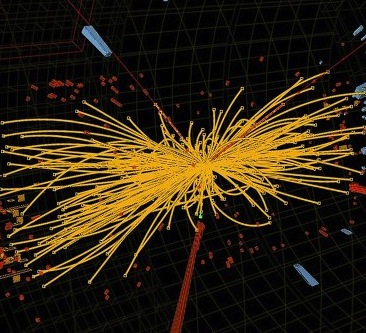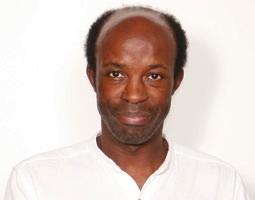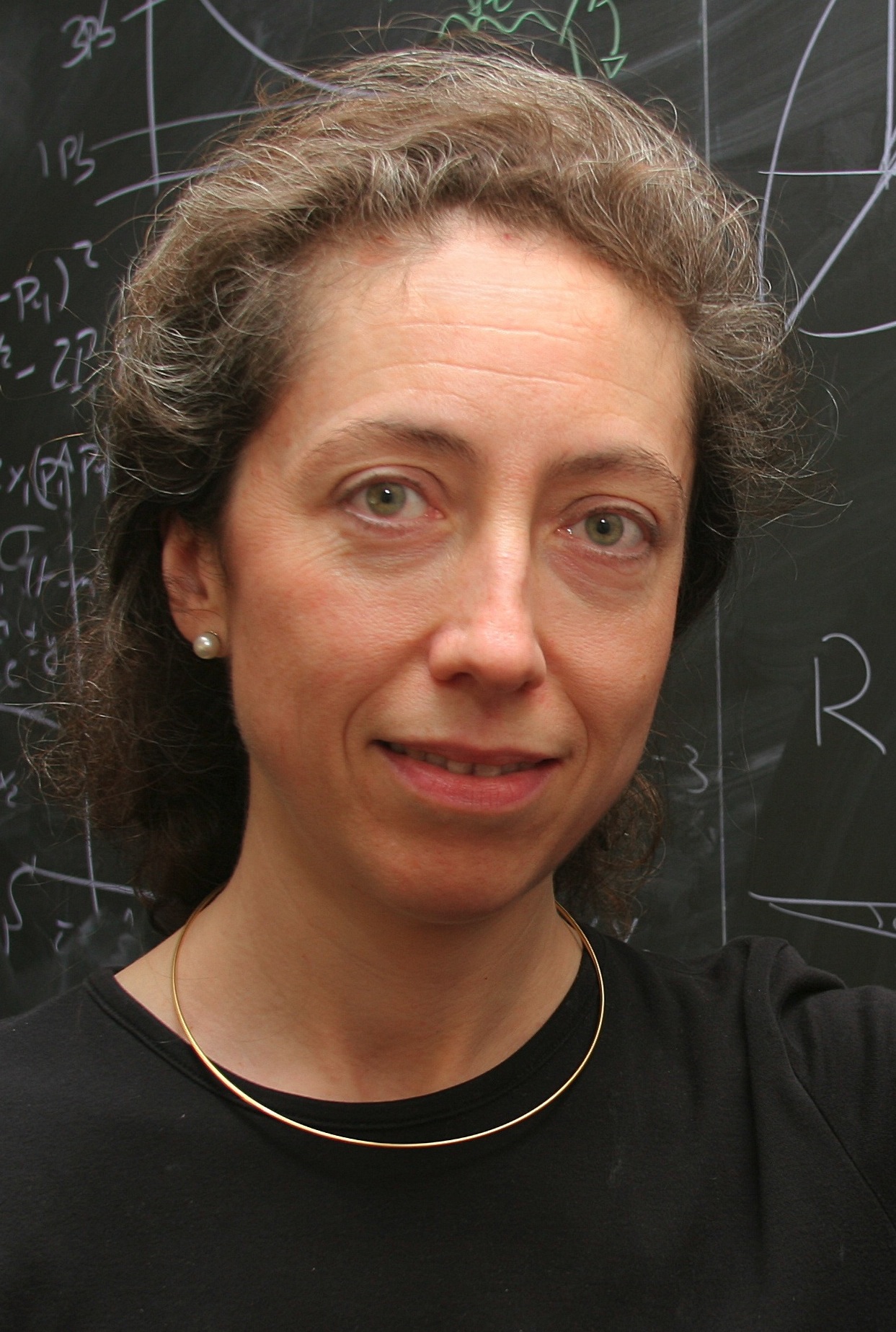
When physicists working on experiments at the Large Hadron Collider (LHC) announced on July 4 that they observed a new particle that may contain properties of the elusive Higgs boson, several Florida State University researchers had a special reason to celebrate.
Florida State’s Harrison Prosper, the Kirby Kemper Professor of Physics; Professor Laura Reina; and Associate Professor Todd Adams are among hundreds of scientists and graduate students from American institutions who have played important roles in the search for the Higgs at the LHC, located at the immense CERN laboratory near Geneva, Switzerland. More than 1,700 people from 89 American universities —including Florida State University — and seven U.S. Department of Energy (DOE) national laboratories helped design, build and operate the LHC accelerator and its four particle detectors.
The United States, through the DOE’s Office of Science and the National Science Foundation, provides support for research and detector operations at the LHC and also supplies computing for the “A Toroidal LHC Apparatus” (ATLAS) and “Compact Muon Solenoid” (CMS) experiments, both of which were heavily engaged in the search for the Higgs boson. Florida State has been a member of the CMS collaboration since 1994, when design of the experiment was just beginning.

Prosper, FSU computer specialist Kurtis Johnson and graduate student Joseph Bochenek, who is currently at CERN, worked directly on one of the analyses used for the discovery. Prosper has long championed the advanced analysis techniques necessary to make this discovery with the data available.
“In my view, there is simply no way we could have arrived at this point now without the use of such methods,” Prosper said. “It was obvious to myself and my colleagues way back in 2000 (and we wrote a paper to that effect) that the use of such techniques was the only responsible way forward in the Higgs search if we were not to waste taxpayers’ money by throwing away expensively acquired data. This is a fabulous result which is only the first step toward understanding this new particle.”
The new particle is in the mass region around 126 gigaelectronvolts. (A gigaelectronvolt a unit of energy equal to 1 billion electron volts.) Publication of the analyses is expected around the end of July. However, scientists will need to collect more data and run further analysis to determine its properties, including whether it is the Higgs boson.
The Higgs mechanism is a very simple and far-reaching idea, which for particle physicists can explain the origin of one of the fundamental properties of truly elementary particles: mass. Mass is not an intrinsic property, but is generated through the interaction with the Higgs boson.
The Standard Model of particle physics has proven to explain correctly the elementary particles and forces of nature through more than four decades of experimental tests. But it cannot, without the Higgs boson, explain how most of these particles acquire their mass, a key ingredient in the formation of our universe.

Scientists proposed in 1964 the existence of a new particle, now known as the Higgs boson, whose coupling with other particles would determine their mass. Experiments at the Large Electron-Positron (LEP) Collider at CERN and the Tevatron collider at the Department of Energy’s Fermilab have searched for the Higgs boson, but it has eluded discovery.
Fermilab’s experiments recently presented final results on the search for the Higgs which showed hints of a new particle, but the data was insufficient to be a discovery. Only now, after decades of developments in accelerator and detector technology and computing — not to mention advancements in the understanding of the rest of the Standard Model — are scientists approaching the moment of knowing whether the Higgs was the right solution to this problem.
When protons collide in the Large Hadron Collider, their energy can convert into mass, often creating short-lived particles. These particles quickly decay into pairs of lighter, more stable particles that scientists can record with their detectors.
Theoretical physicists have predicted the rate at which the Higgs boson will be produced in high-energy, proton-proton collisions at the LHC and also how it decays into certain combinations of observable particles.

“In the last two years I’ve been part of a group of theorists and experimentalists that provided an updated set of predictions for Higgs boson searches to be used by ATLAS and CMS, using start-of-the-art theoretical calculations,” Reina said. “I’m at the same time amazed and humbled by the fact that this incredible effort has indeed contributed to the discovery of a particle that could be the Higgs boson. It is one of the most exciting moments in my scientific career, and I feel so lucky to have been part of it.”
The FSU High Energy Physics group consists of nine faculty members, a computer research specialist, two emeritus members, four postdoctoral researchers and 18 graduate students. The experimentalists work on the CMS experiment at CERN and the similar DØ, or DZero, experiment at Fermilab outside of Chicago, while the theorists investigate deepening our current understanding of particle interactions along with exploring models of new physics.
“This new particle is the most important discovery in particle physics in the past several decades,” Adams said. “But it is only the beginning of the program at the LHC. We hope and expect to learn even more about the fundamental pieces of nature.”




